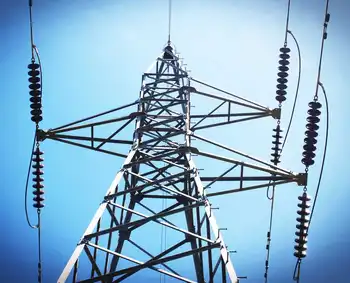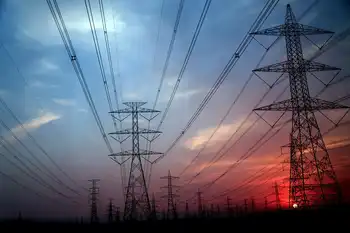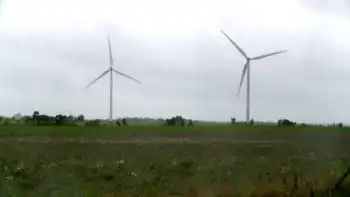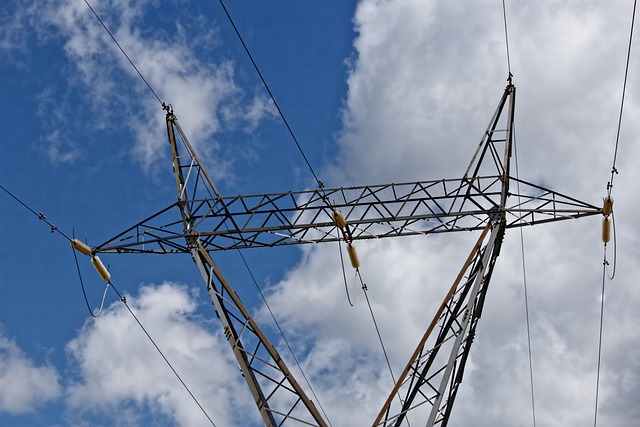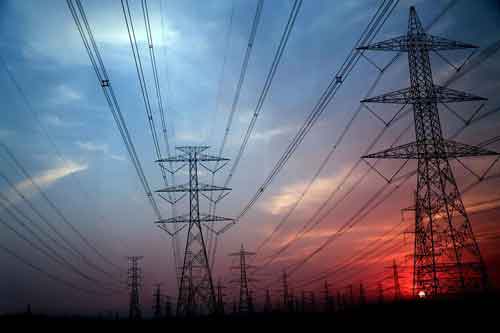Maine poised to harness energy from the ocean
By Maine Public Broadcasting Network
Electrical Testing & Commissioning of Power Systems
Our customized live online or in‑person group training can be delivered to your staff at your location.

- Live Online
- 12 hours Instructor-led
- Group Training Available
Baldacci had a supportive audience today at the 2009 EnergyOcean Conference in Rockport, where policy makers mingled with engineers and developers, all with an interest in tapping the state's oceans winds and waves for power generation.
With major players from the ocean, wind and tidal power industry under one roof, Maine officials used the opportunity to make their pitch to the rest of the world.
"The Gulf of Maine is a world class wind power resource, such as location. We connect the New England states to the Canadian provinces," intones Gov. Baldacci in a video which kicked off the three-day conference.
In it, Baldacci and others tout Maine's alternative energy potential. "We have infrastructure and manufacturing capacity. We offer a skilled workforce, a developed marine industry, and a great place to do business," Baldacci says.
But some in attendance at the conference say that the overall market for alternative energy development in the U.S. is... well... lacking energy.
"I think it has been a little slow, to be honest with you," says Steen Freyo, the systems sales manager for MacArtney Underwater Technology, a Danish company that produces cable and connections systems.
Freyo says his firm, which branched out from its beginnings in the oil and gas business a few years ago, is hoping that the U.S. market will begin to pick up pace under the Obama administration, and catch up with Canada. "I'm pretty sure with a new president, it will change. But it's true that Canada is probably a little in front of the states when it comes to renewable energy, so of course we're looking carefully into that market."
"I don't know that Canada's ahead of us. I think, they're a little quicker to act maybe," says Nick Porell, project manager for Maine-based SGC Engineering, who's sitting in a booth just across the aisle. "They don't necessarily have the regulatory loopholes that we have to jump through. So I wouldn't say they're ahead of us, but they're willing to 'drop the hammer quicker' maybe might be the way you'd say it."
But other players in the industry believe that Maine is actually moving apace in laying the groundwork for important ocean energy projects.
"Just last week the Governor signed into law a bill allowing the demonstration and testing of offshore wind in deep water," says Habib Dagher, Director of the Advanced Structures and Composites Center at the University of Maine. "We're the only state in the country that has very deep water close to the shore, and the University of Maine has been allowed under this bill to run a test site on behalf of the state of Maine for deep water wind. This would be the first test site in the country."
Dagher says that right off shore, the state has the equivalent of 40 nuclear power plants worth of power that can be tapped from wind. The key to harnessing that power, he says, is federal funding from Washington.
"Within two or three years we should have an operating turbine in the Gulf of Maine that's floating, producing electricity connected to the grid. The key issue right now is getting the funding to do it. We know what we need to do, and we're ready to do it. We just need to have the funding to do it."
Dagher, Gov. Baldacci and others met earlier this month in Washington with Energy Secretary Steven Chu to ask for $20 million in federal funding for the so-called National Deepwater Offshore Wind Research Center. Other offshore wind projects have been proposed in Massachusetts, Rhode Island, Delaware and New Jersey.





